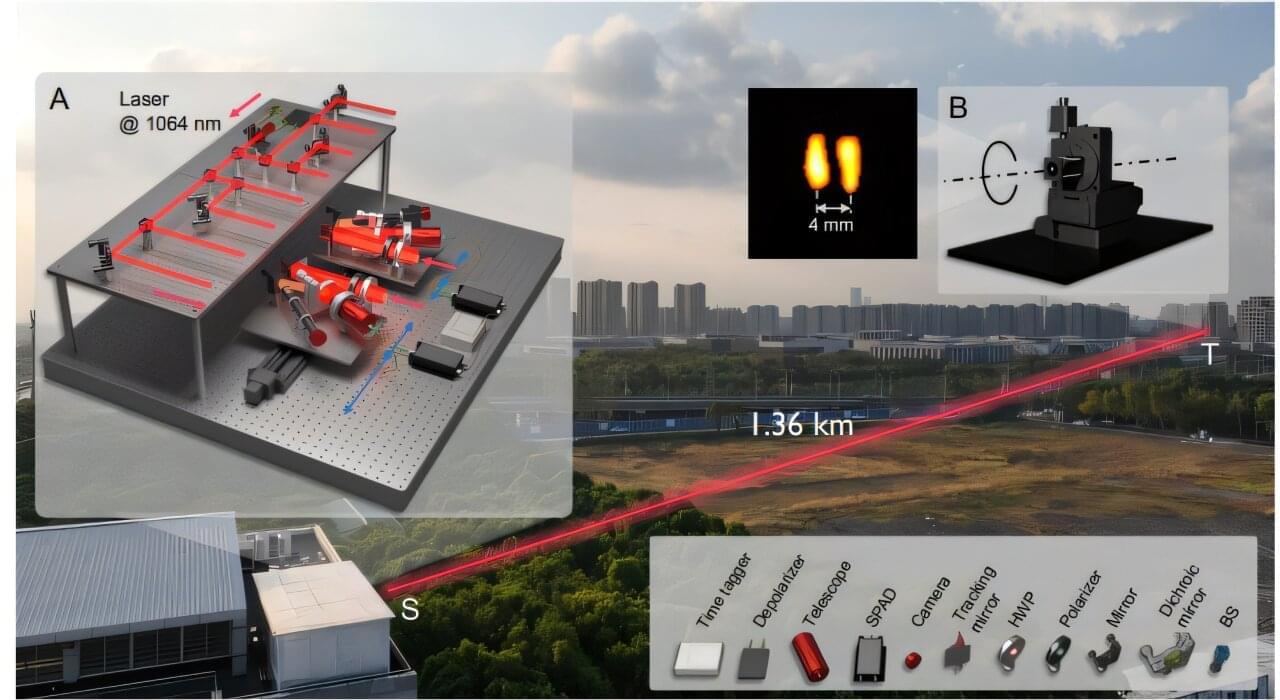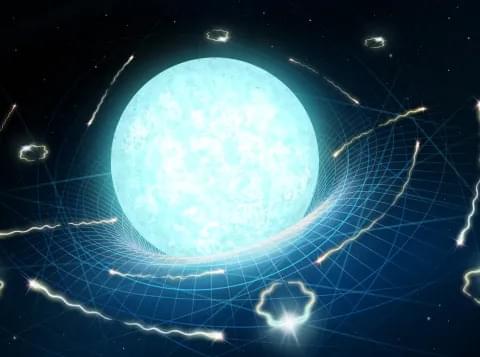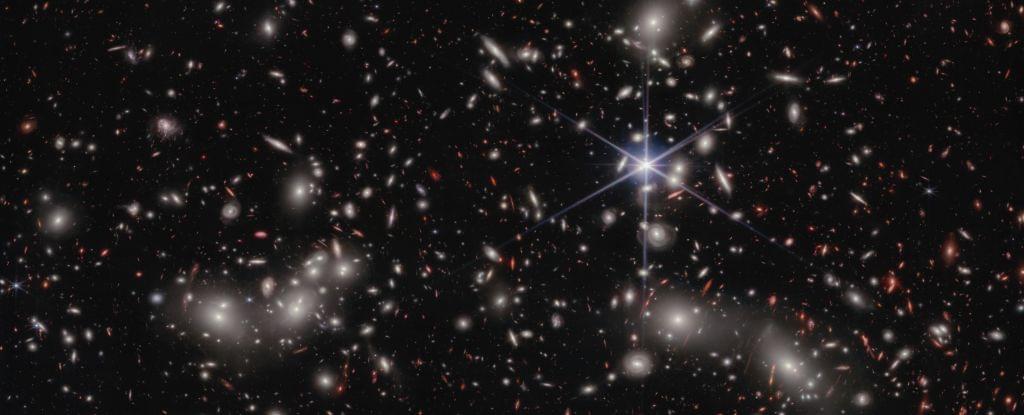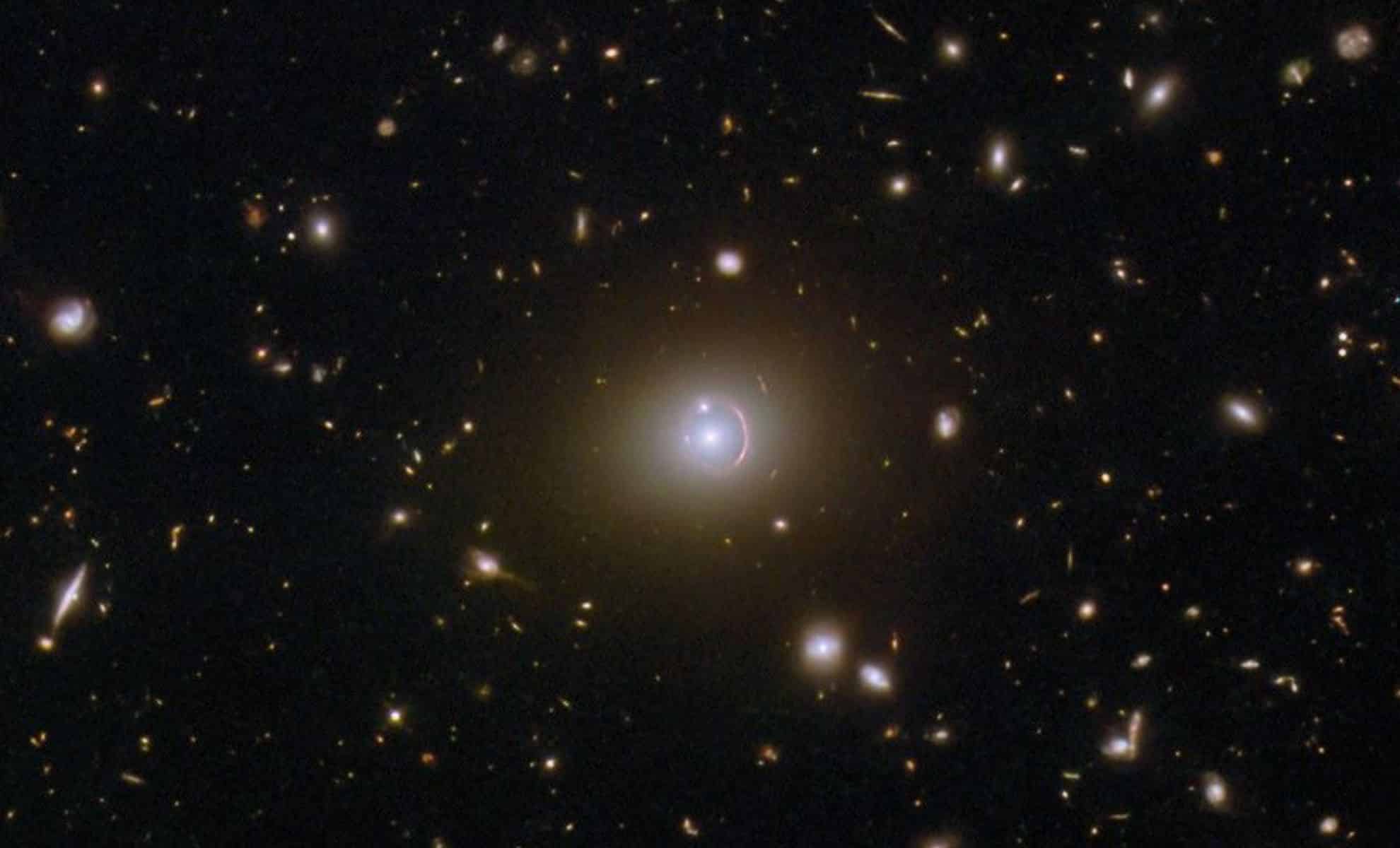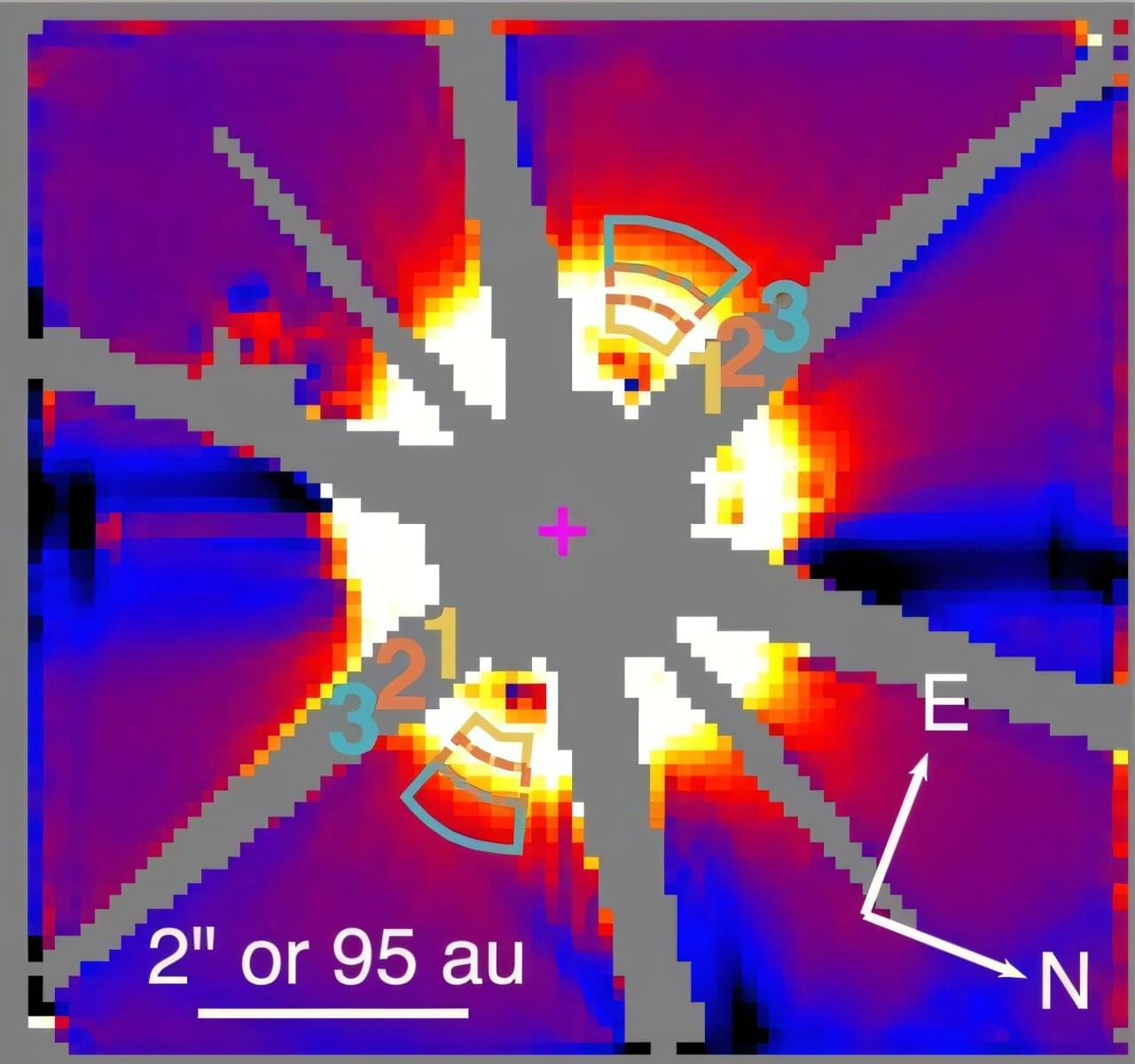You are the protagonist in a thriller. One morning, an unknown caller with a distorted voice says, “To save your city, solve the puzzle. Go to the coordinates. X marks the clue.” You rush to the spot and see an X on a distant billboard, too far to read. Your vision is sharp, but not that sharp. So, what do you do? A new laser emitter designed by a team of researchers from China could come to the rescue.
According to the study published in Physical Review Letters, the developed setup includes multiple laser emitters that enable super-resolution imaging of targets as small as millimeters in scale from a 1.36 kilometers (0.85 miles) distance in an outdoor urban environment. The device successfully images letter-shaped physical targets measuring 8×9 mm, with letter widths of 1.5 mm, placed at the far end of its imaging range.
Interferometry is a widely used imaging technique in astronomy which works by merging light from different sources to create an interference pattern. These interference patterns are formed when light waves interact to either reinforce or cancel each other depending on their phase differences. These patterns carry detailed information about the object or phenomenon being studied.
